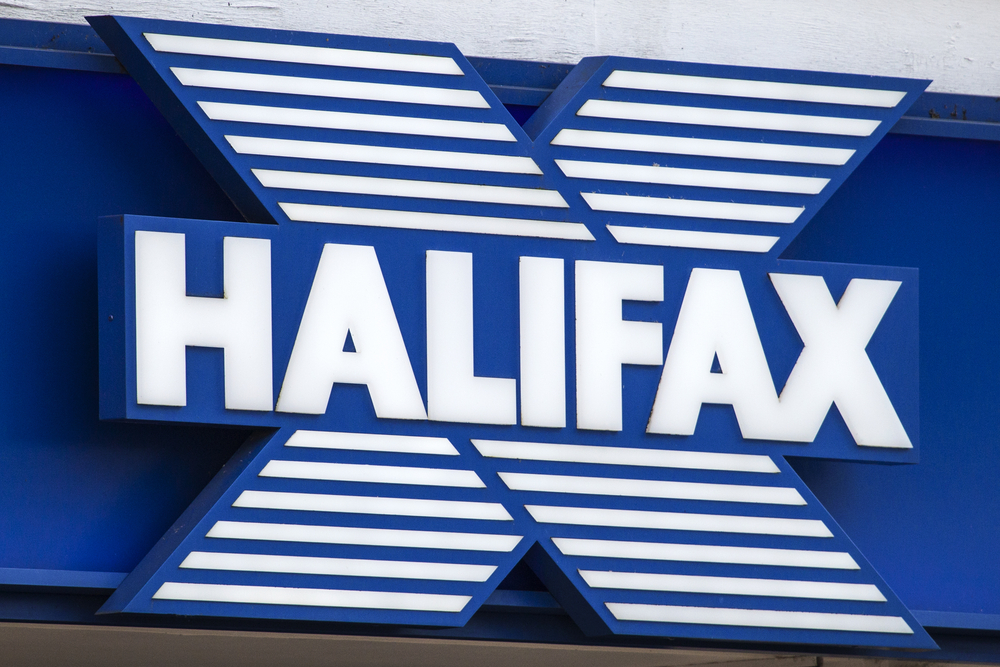
NatWest chief executive Paul Thwaite says the bank is on a “fast trajectory to private ownership,” which may see the government sell off its stake in the lender by the first half of next year.
“Absent some big kind of dislocation and economic events, we’ll be back to private ownership next year, maybe as early as the first half of the year, and that will be a great moment,” said Thwaite speaking at the FT global banking summit in London.
He added: “It means we can talk about the future of the bank and the potential of the bank, rather than having to talk about its past. All things being well, I think we’re on a very fast trajectory to private ownership, and I’m very proud of that.”
The UK government has cut its stake in the bank to less than 11%, down from 38% a year ago.
As part of this, the bank has bought back £2.2bn of state-owned shares this year through two rounds of buybacks.
In September, Chancellor Rachel Reeves scrapped the former Conservative administration’s plans to sell the state-owned shares to the general public in a high-profile TV campaign that would have featured former newsreader Sir Trevor McDonald, which cost the bank £24m.
Reeves said the discounted public sale would “not represent value for money”.
The UK government has previously committed to returning the bank back to private hands by 2025 or 2026.
The Treasury’s share sales in the bank have hit two milestones so far this year.
In March, the shareholding fell below 30%, meaning the government was no longer classed as a “controlling shareholder.”.
And in July, the stake dropped below 20%, meaning that by next year, the state will no longer be considered a “related party” – which requires additional transparency around its relationship with the bank.
The sale means the government has so far recouped more than £20bn from the sale of shares since the state rescued the bank from going bust during the height of the financial crisis in 2008.
Taxpayers took an 84% stake in the business at the time after pumping £45.5bn into the lender, which was then known as Royal Bank of Scotland.



